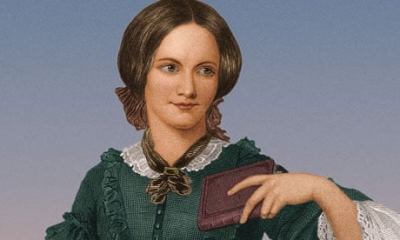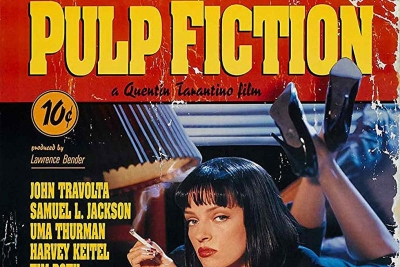Who wrote under a male pen name Currer Bell?

If you have read the classic Jane Eyre, which is about a feisty and strong-willed governess, you may be familiar with the name Charlotte Bronte. The author along with her sisters, Emily and Anne, was one of the most important literacy voices of the 19th Century. Last month, the Bronte Society acquired a rare, match-sized book written by Charlotte at the age of 14. One of six “little books” it was created by the author for the tiny toy soldiers, she and her siblings loved playing with.
Early life
Charlotte, Emily, Anne and their brother Branwell lived with their vicar father in Haworth, West Yorkshire in England. A young Charlotte had to come to terms with death and loss from an early age as she had lost her mother when she was five and later, her two elder sisters Maria and Elizabeth to tuberculosis. After the death of her two siblings Charlotte took on the role of the elder sister.
School was a nightmare for Charlotte. The Clergy Daughters’ School at Cowan Bridge had a harsh environment, and Charlotte had several bad experiences there. It served as an inspiration for the dark and cold Lowood Institution in Jane Eyre.
A world of their own
Living in a small, remote village, Charlotte and her siblings had only each other for company. But a wooden village and a few toy soldiers were enough to unlock their imagination. They invented entire worlds created entire towns – like ‘the Great Glasstown Confederacy’ – filled with peasants and nobles, where an adventure was always afoot!
Charlotte wrote tiny books recording the detailed histories and adventures of these fictional worlds. The second issue of one such book, called The Young Men’s Magazine, was recently bought by the Bronte Society for a sum of  600,000. The miniature book will be displayed at the Parsonage Museum, built in the Brontes’ old home in Haworth.
600,000. The miniature book will be displayed at the Parsonage Museum, built in the Brontes’ old home in Haworth.
As Charlotte and her siblings grew older, their imagination became more colourful. During dinner time, all the siblings would chat about possible storylines and flesh out characters. The adventures made way for romances, secret heroes and scheming villains. Some of these stories, including that of the Duke of Zamorna and the lovely Mina Laury from the imaginary kingdom of Angria, written by Charlotte were later published by Penguin as the Juvenilia of Jane Austen and Charlotte Bronte.
Currer, Ellis and Acton Bell
Charlotte often worked as a teacher and governess, but did not enjoy it. She went on to study in Brussels at the Peonsionnat Heger, a school for young ladies, where she fell in love with her teacher. However, he did not reciprocate her feelings and Charlotte was heartbroken.
She found solace in writing. Charlotte and her siblings penned several novels and poems using male pen names Currer, Ellis and Acton Bell. Currer Bell was Charlotte, Emily was Ellis and Anne was Acton. Charlotte even used this pseudonym while writing her most successful novel Jane Eyre. She did not want to reveal her identity as she feared that readers will not take a female author seriously. A famous poet had even told her once that “literature cannot be the business of a woman’s life.”
Though her first novel The Professor was rejected nine times, her second book Jane Eyre was published to huge acclaim in 1847.
However, her siblings didn’t live long enough to see her succeed. All three of them succumbed to tuberculosis between 1848 and 1849. Without her siblings with whom she had shared a close bond, Charlotte felt lost and alone.
Years later she married her father’s friend Arthur Bell Nicholls. They lived together at the Parsonage for a few months before her death. Bronte died at the age of 38 on March 31, 1855.
Picture Credit : Google


